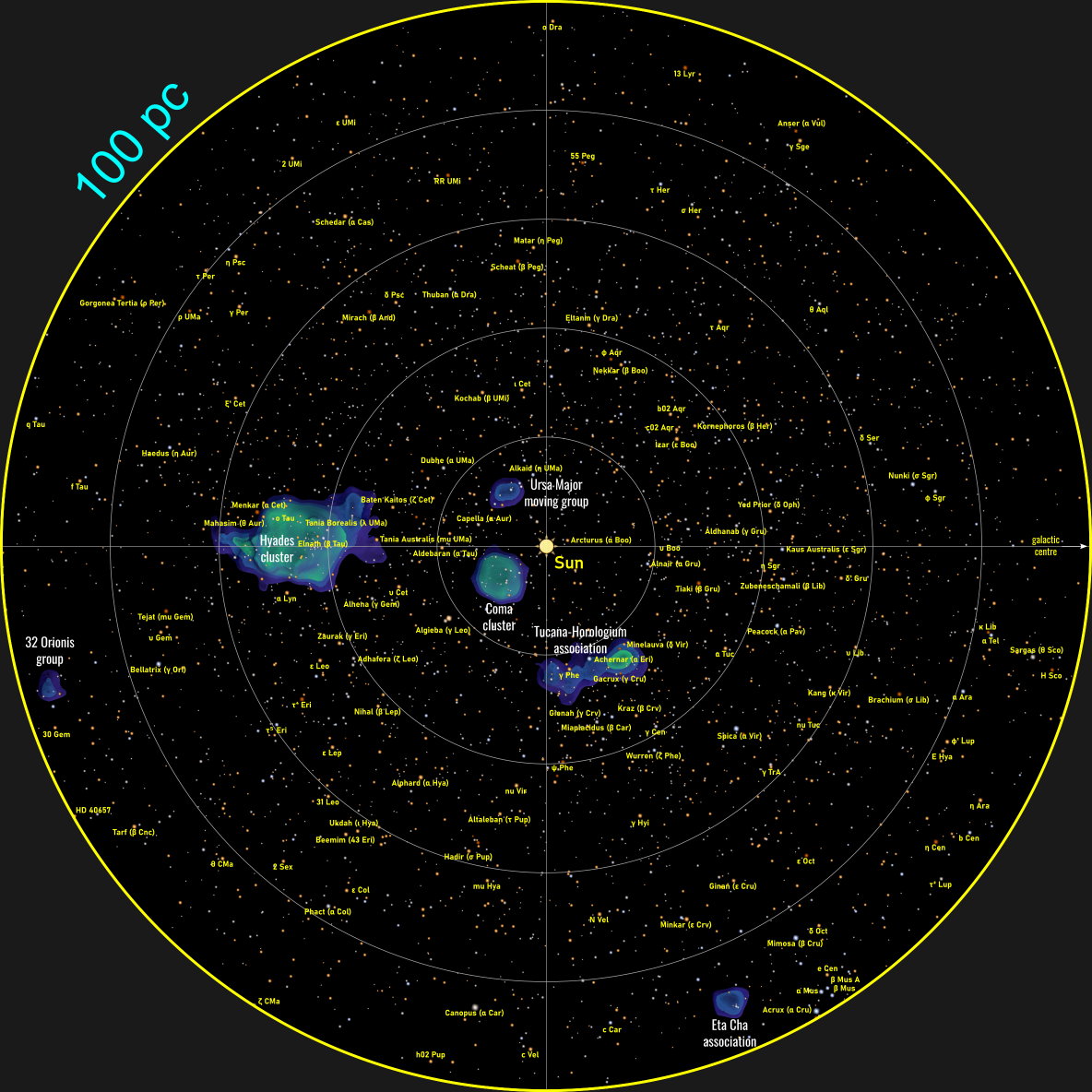Starts With A Bang Podcast #90 – How Galaxies Grow Up

One of the great advances of 20th and 21st century science has been, for the first time to show us two things: how the Universe began and what the Universe looks like today. The modern frontier is all about the in-between stages: how did the Universe grow up? How did it go from particles to atoms to the first stars and galaxies to the modern Milky Way, Local Group, and Universe-at-large? It’s a question that, the more deeply we answer it, the greater the number of details that emerge, requiring us to make a special effort to pin each one down.
For this episode, I’m so pleased to welcome Dr. Ivanna Escala to the podcast: an expert in how stars and stellar properties within the Local Group can reveal not only its stellar history, but its history of galactic assembly. While the Milky Way has had a few major mergers, its most recent was a whopping ~10 billion years ago. Andromeda, our Local Group’s other large galaxy, has a remarkably different story: with a major merger that occurred only 2-4 billion years ago!
Have a listen and enjoy, and thanks to Avenues Online for being our sponsor!





